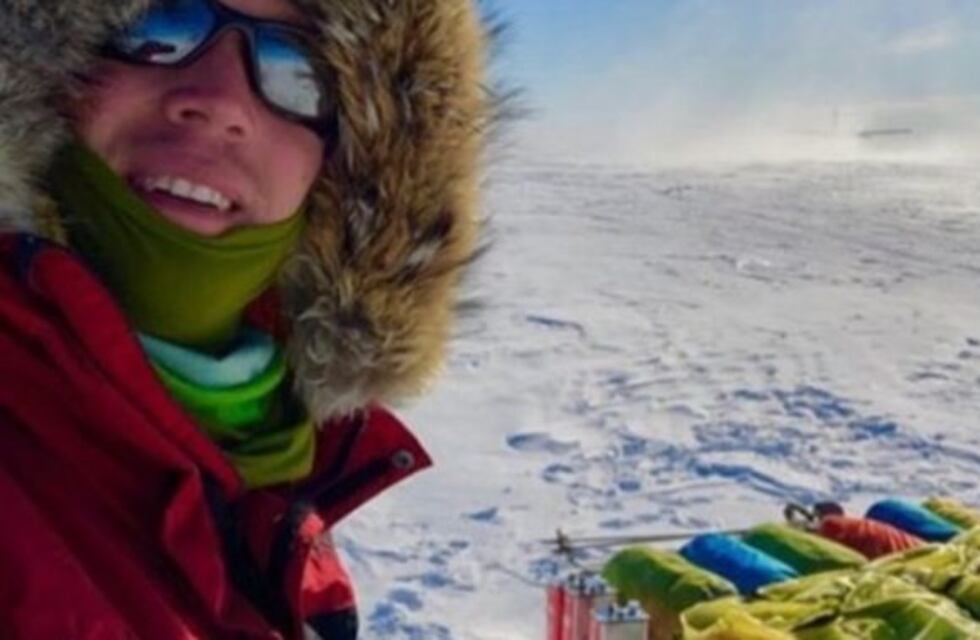Un aventurero estadounidense atravesó la Antártida de norte a sur a pie en solitario, convirtiéndose en la primera persona en realizar tal hazaña sin ningún tipo de asistencia.
Colin O'Brady, de 33 años, tardó 54 días en recorrer 1600 kilómetros mientras su posición, definida por un GPS, era indicada cada día en su sitio web.
O'Brady y el británico Army Captain Louis Rudd, de 49 años, salieron individualmente el 3 de noviembre del glaciar Union, en la Antártida, para ver quien lograba completar la hazaña de cruzar a pie solo y sin asistencia el continente helado.
En 1996 y 1997, un explorador noruego llamado Borge Ousland atravesó por primera vez la Antártida en soledad, pero recibió ayuda de terceros con cometas a lo largo de su travesía.
O'Brady y Rudd, por su parte, utilizaron unos trineos llamados pulks que pesan unos 180 kilos. Allí llevaban su propia comida, su ropa, una carpa y otros accesorios de higiene personal.
Ver esta publicación en InstagramUna publicación compartida de Colin O'Brady (@colinobrady) el
O'Brady llegó al polo sur el 12 de diciembre, el día 40 de su expedición, en tanto que este miércoles alcanzó la meta, en el punto Ross Ice Shelf del Océano Pacífico
Este miércoles llegó a la meta, en el punto Ross Ice Shelf del Océano Pacífico, tras hacer un total de 1.482 kilómetros.
"Mientras hervía agua para prepararme el desayuno, una pregunta aparentemente imposible surgió en mi mente", escribió O'Brady en Instagram. "Me pregunté: ¿Sería posible hacer el camino que me queda hasta la meta de una tirada?"
"Para cuando me estaba atando las botas, el plan imposible se había convertido en un objetivo consolidado", dijo. "Voy a hacer un esfuerzo y tratar de hacer los kilómetros que me faltan de un tirón".
The New York Times describió el esfuerzo de O'Brady como uno de los "hechos más notables de la historia polar", a la altura de la "carrera por conquistar el Polo Sur" del noruego Roald Amundsen y el ingles Robert Falcon Scott en 1911.






























